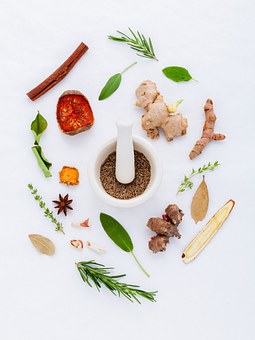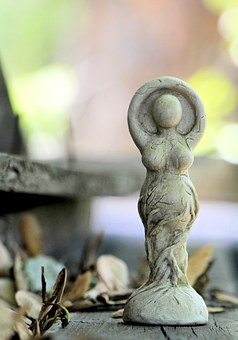ORIGIN Hindu (Epic and Puranic) [India]. Goddess of emotional love.
KNOWN PERIOD OF WORSHIP circa 1000 BC and earlier until present day.
SYNONYMS BHUMIDEVI [southern India].
CENTER(S) OF CULT none.
ART REFERENCES virtually none.
LITERARY SOURCES later Puranic literature—the works of Vidyapati (1352-1448), including the Brahma-vaivarta-purana.
Continue reading “RADHA (prosperity)”






